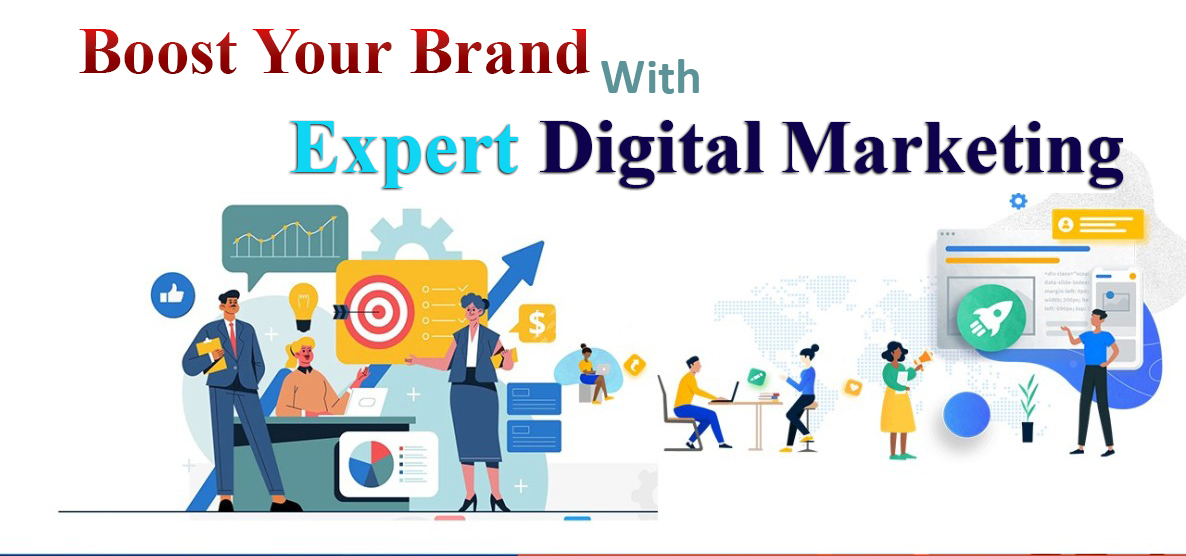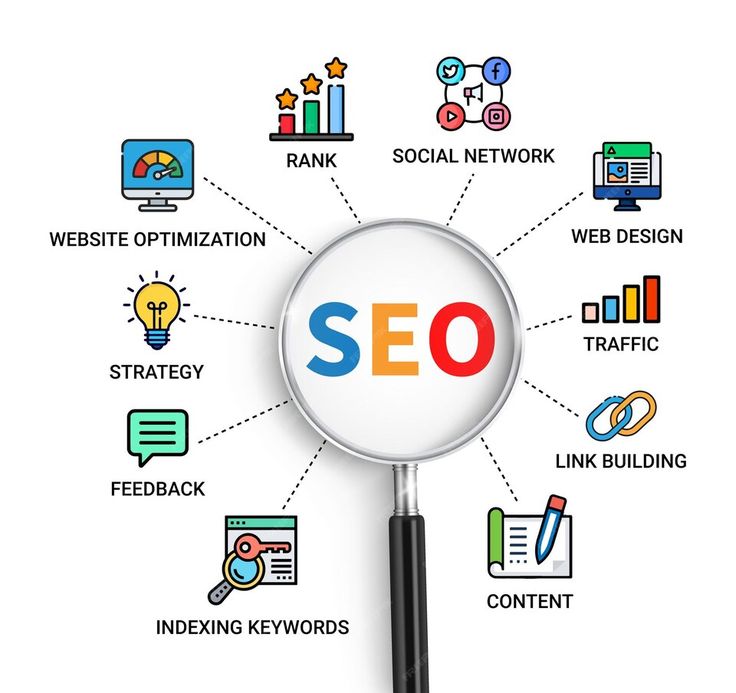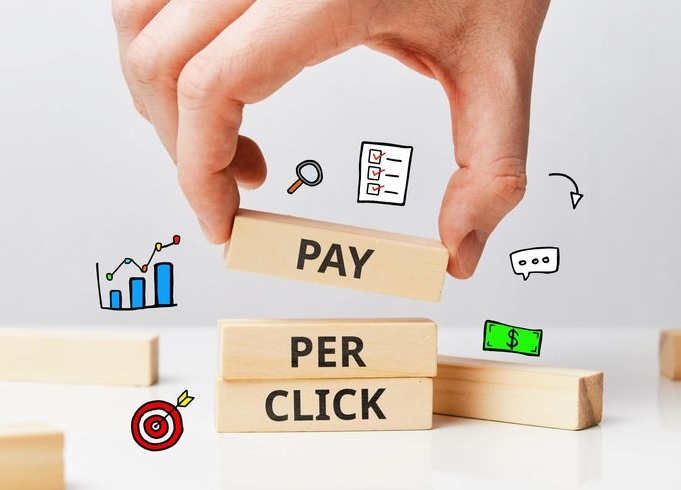

Social media marketing helps businesses connect with their audience on platforms like Facebook, Instagram, Twitter, and LinkedIn. It involves creating engaging content, running targeted ad campaigns, and interacting with followers to build brand awareness and customer trust. By consistently posting relevant content, responding to customer queries, and leveraging influencer collaborations, businesses can increase engagement, drive website traffic, and generate leads.

SEO is the process of optimizing a website to rank higher on search engines like Google. This involves keyword research, on-page SEO (optimizing content, meta tags, and images), and off-page SEO (building backlinks and improving domain authority). A well-optimized website attracts organic traffic, enhances user experience, and increases credibility. Businesses that invest in SEO can achieve long-term growth and visibility without relying solely on paid ads.

PPC advertising allows businesses to run paid ads on search engines, social media, and other platforms. Advertisers bid on keywords, and they pay only when users click on their ads. Google Ads and Facebook Ads are popular PPC platforms that help brands target specific audiences based on location, interests, and demographics. With the right strategy, PPC can generate high-quality leads, increase conversions, and provide measurable ROI, making it a powerful digital marketing tool.

Content marketing focuses on creating valuable and informative content such as blog posts, videos, infographics, and eBooks to attract and engage potential customers. High-quality content helps businesses establish authority in their industry, educate their audience, and build trust. A strong content marketing strategy not only boosts SEO performance but also encourages customer loyalty and long-term engagement. Businesses that provide useful and relevant content are more likely to convert leads into customers.
🔍 The first step is to understand client goals, target audience, and market trends. A detailed strategy is created, outlining the objectives, content plan, and marketing approach to ensure a strong foundation.
This phase involves creating and launching content, designing creatives, running ad campaigns, and developing websites or applications as per the strategy. Everything is implemented with precision to meet business goals effectively.
After execution, performance tracking begins. Data is analyzed, and necessary adjustments are made to improve results. Continuous monitoring helps in refining strategies, increasing efficiency, and achieving long-term success.